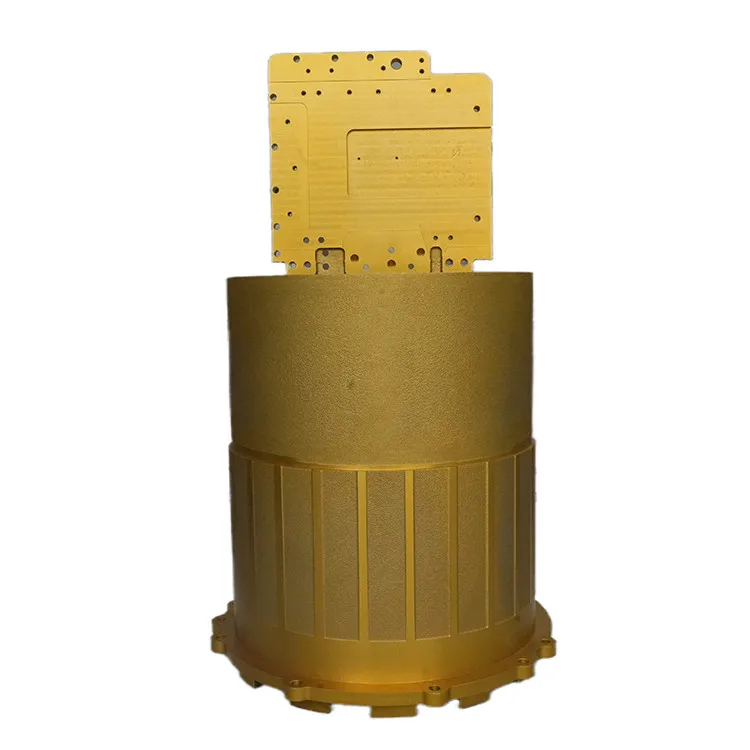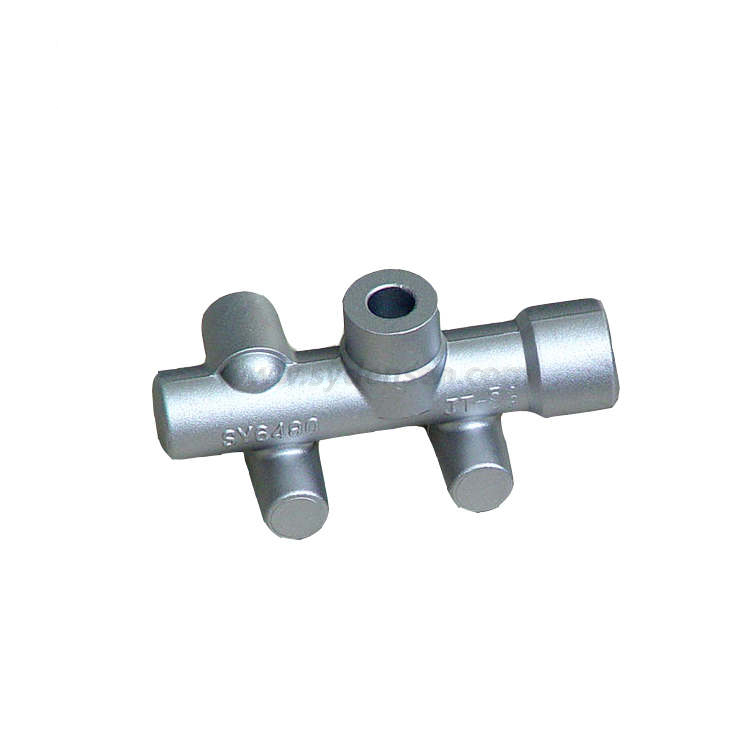Exploring the Latest Trends in Aluminum Foundry
Aluminum Casting Techniques: a Deep Study Products and Approaches for Success
Aluminum casting strategies play a crucial role in production. Various approaches exist, each fit to different applications and needs. Sand casting is favored for larger parts, while die casting is recognized for its precision in high-volume production. Investment casting uses thorough designs with superior finishes. Comprehending these distinctions can substantially influence project results. Aluminum Foundry. Picking the ideal method is not constantly straightforward, leading to vital factors to consider that should be explored further.
Understanding Aluminum Casting: A Review
Aluminum casting is an important manufacturing process utilized across different sectors to produce intricate parts with high precision. This technique entails pouring liquified aluminum right into a mold, allowing it to take the shape and strengthen of the preferred component. The adaptability of aluminum, combined with its corrosion-resistant and lightweight properties, makes it an ideal option for applications in automotive, aerospace, and durable goods.
Different casting strategies exist, each matched to certain needs and job ranges. Elements such as mold and mildew products, cooling down rates, and the intricacy of the design play a considerable duty in identifying one of the most effective approach. In addition, the buildings of the aluminum alloy utilized can affect the end product's sturdiness, surface area, and toughness surface.
Recognizing the principles of aluminum casting enables producers to enhance manufacturing processes, lower waste, and guarantee top notch result, which is important in today's affordable market.
Sand Casting: Applications and methods
Amongst the various methods used in aluminum casting, sand casting sticks out because of its versatility and cost-effectiveness. This method involves creating a mold from a mix of sand and binder, which can be formed to accommodate complex layouts. Once the mold is ready, liquified aluminum is poured into it, enabling detailed features and details to be caught.
Sand casting is especially helpful for creating large parts and low-volume production runs, making it ideal for automotive parts, machinery components, and imaginative sculptures. The method also fits a series of aluminum alloys, enhancing its convenience in various applications. Furthermore, the use of sand as a mold product enables simple recovery and reuse, adding to environmentally lasting methods. However, attaining high dimensional precision can present challenges, necessitating skilled workmanship and careful control of the casting procedure. Overall, sand casting continues to be an essential technique in aluminum shops worldwide.
Die Casting: Precision and Performance
Die casting is an extremely reliable method of generating aluminum parts with extraordinary dimensional precision and surface coating. This process involves forcing molten aluminum right into an exactly machined mold under high pressure, which enables detailed layouts and marginal material waste. The quick air conditioning of the alloy within the mold and mildew leads to a strengthened component that commonly calls for little to no additional machining.
Die casting is especially advantageous for high-volume production runs, where uniformity and rate are critical. It sustains the development of complex geometries, making it suitable for different applications, consisting of automotive, aerospace, and consumer products.
Furthermore, the procedure can accommodate various aluminum alloys, improving the mechanical properties of the completed products. With its capability to create light-weight yet resilient parts, die casting stands apart as a favored method in contemporary production, supplying both precision and performance in aluminum casting.
Investment Casting: Detail and Complexity
Financial investment casting, additionally referred to as lost-wax casting, my explanation is a flexible and exact technique for creating complex aluminum elements. This method is especially valued for its capability to create intricate geometries and fine information that are frequently unattainable with various other casting techniques. The procedure starts with a wax pattern, which is covered in a ceramic covering. As soon as the covering solidifies, the wax is melted away, leaving a comprehensive mold and mildew for aluminum pouring.
The benefits of investment casting include superior surface area finish and dimensional precision, minimizing the demand for considerable machining later. It is particularly useful for little to tool production runs where precision is crucial. This approach fits different aluminum alloys, boosting its applicability throughout markets. Aluminum Foundry. Eventually, investment casting attracts attention for its capability to deliver both visual appeal and functional efficiency in aluminum elements, making it a recommended option for designers and engineers looking for complicated solutions

Picking the Right Technique for Your Project
Just how can one figure out one of the most suitable aluminum casting approach for a details task? The selection procedure rests on several crucial variables, including the complexity of the style, the desired surface finish, and manufacturing quantity requirements. For detailed designs, financial investment casting usually proves advantageous because of its capability to record great information. On the other hand, sand casting might be favored for larger, much less complicated parts, using cost-efficiency and flexibility in manufacturing.
In addition, factors to consider regarding tolerances and mechanical residential properties of the end product are vital. For high-performance parts, die casting might be the finest choice, as it provides premium dimensional accuracy and surface area quality. Additionally, understanding the product properties and compatibility with the chosen approach is essential for making sure the success of the project. Ultimately, a detailed evaluation try this of these elements will assist see page the decision-making procedure, leading to the most effective aluminum casting technique for the details task handy.
Frequently Asked Inquiries
What Is the Ecological Effect of Aluminum Casting Techniques?

How Can I Boost the Surface Area Complete of Cast Aluminum?
To improve the surface area finish of actors aluminum, one can make use of methods such as sandblasting, brightening, and applying coatings. Appropriate mold and mildew design and temperature control additionally greatly improve the final surface high quality of the cast product.
What Security Preventative Measures Should Be Taken During Aluminum Casting?
During aluminum casting, vital safety and security preventative measures consist of using protective gear, making sure appropriate air flow, using fire-resistant materials, preserving a secure range from molten metal, and sticking to devices safety and security protocols to stop mishaps and injuries.
Just how Do I Repair Usual Casting Issues?
To troubleshoot common casting problems, one should check the mold and mildew for damage, examine the alloy structure, check pouring temperature, adjust cooling prices, and assurance correct venting to reduce air entrapment and enhance casting quality.
What Are the Prices Related To Various Aluminum Casting Techniques?
The prices connected with various aluminum casting strategies differ substantially, affected by elements such as material expenditures, labor, production, and tools scale. Budget plan considerations are vital for choosing the most suitable casting method for specific tasks.
Sand casting is preferred for larger elements, while die casting is known for its precision in high-volume manufacturing. Among the numerous techniques made use of in aluminum casting, sand casting stands out due to its versatility and cost-effectiveness. Die casting is a highly effective method of creating aluminum components with phenomenal dimensional precision and surface coating. Financial investment casting, likewise recognized as lost-wax casting, is a flexible and precise approach for producing complicated aluminum parts. Exactly how can one establish the most appropriate aluminum casting approach for a particular task?